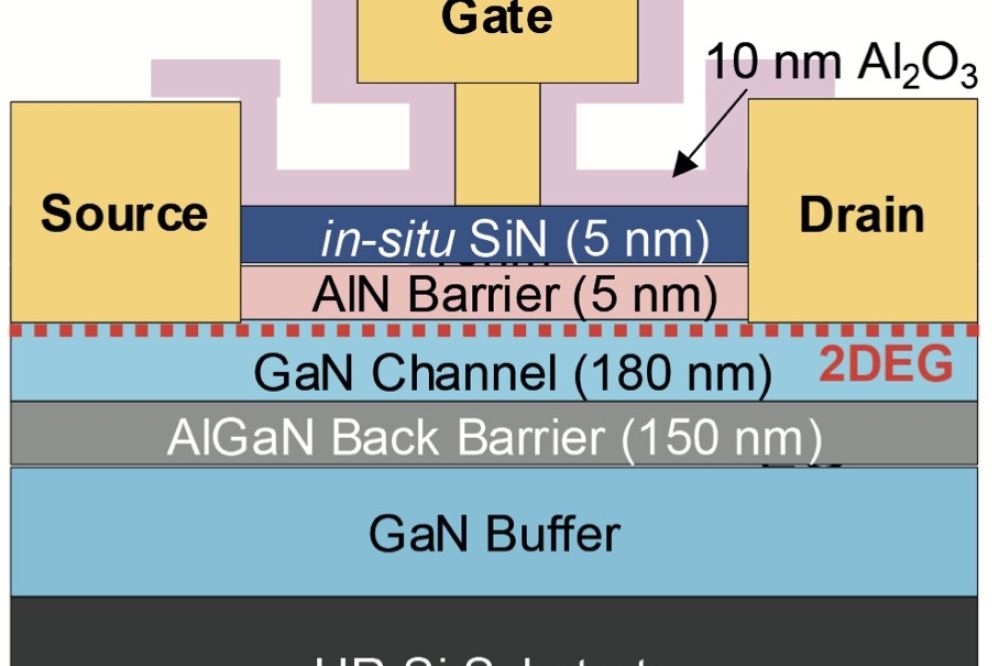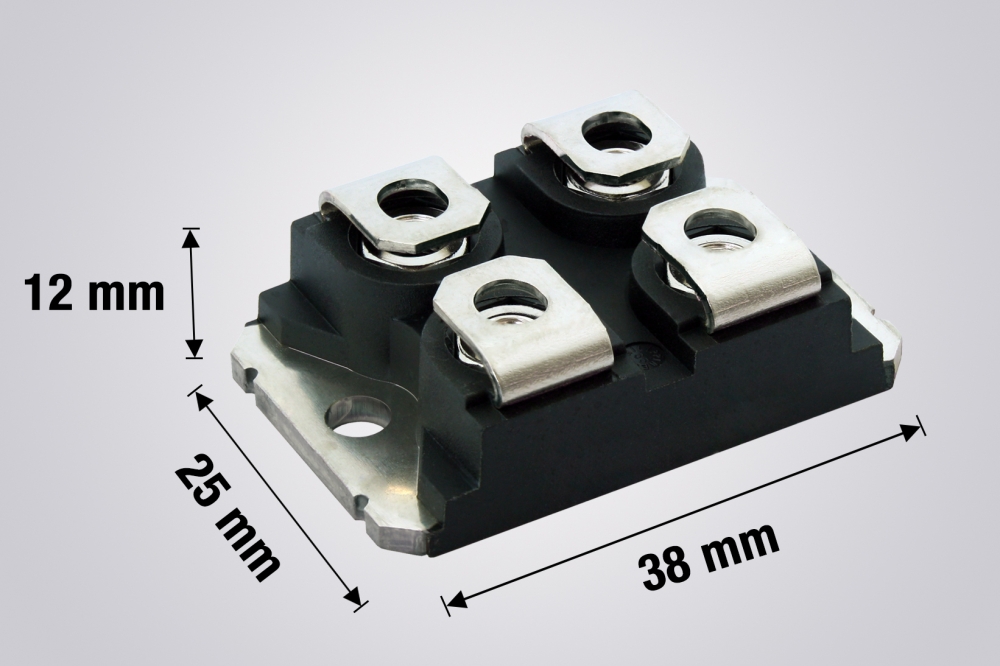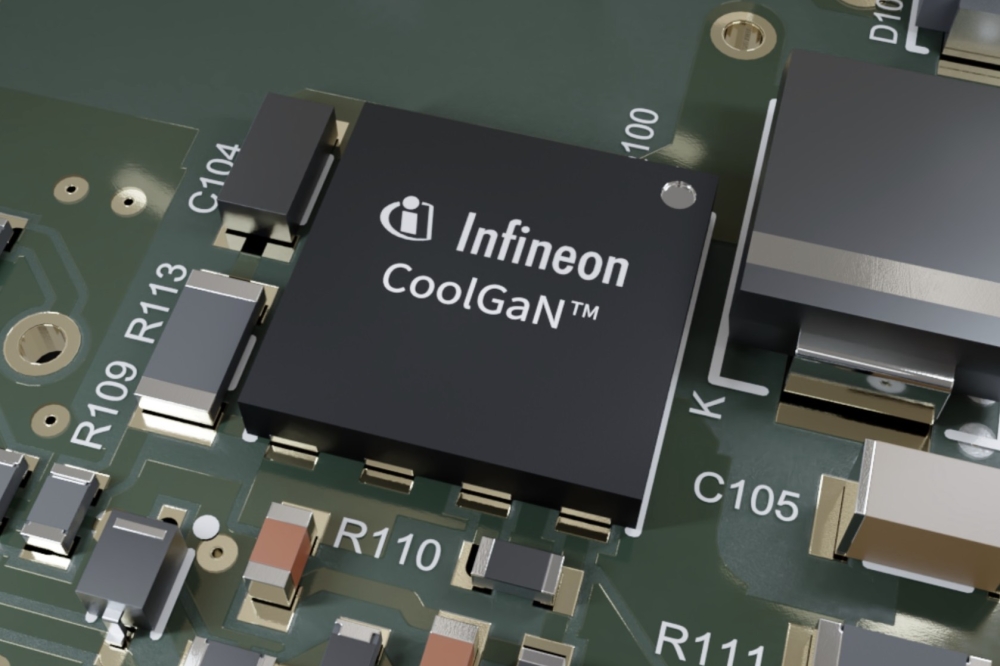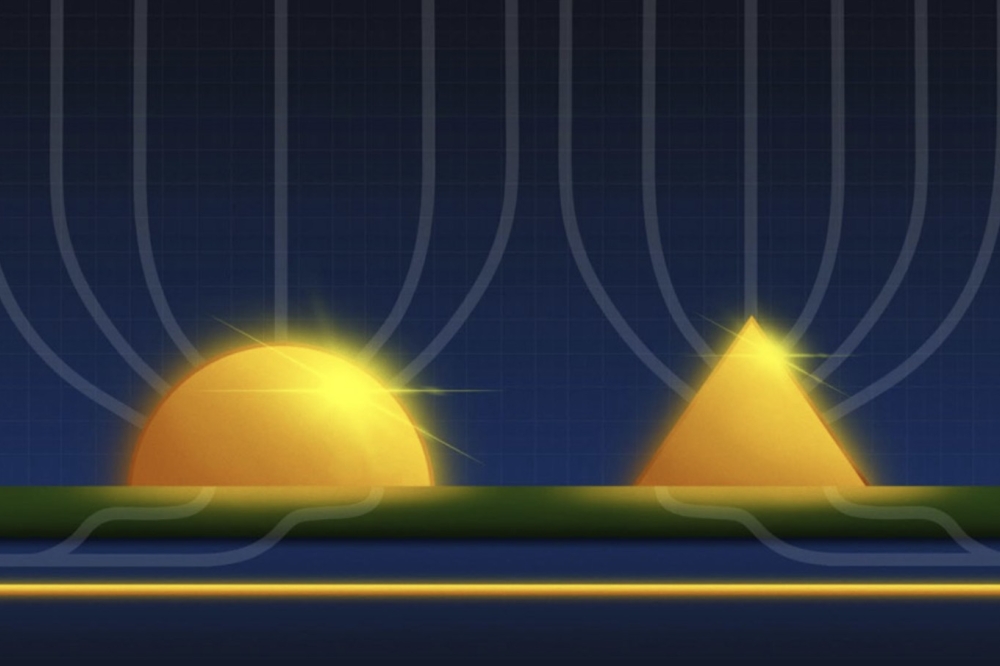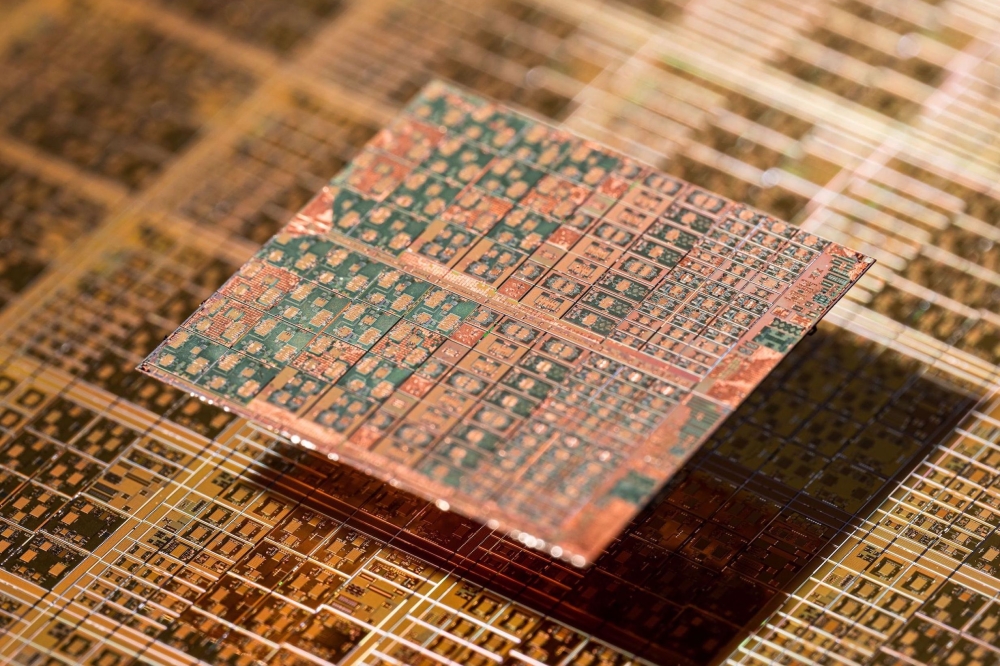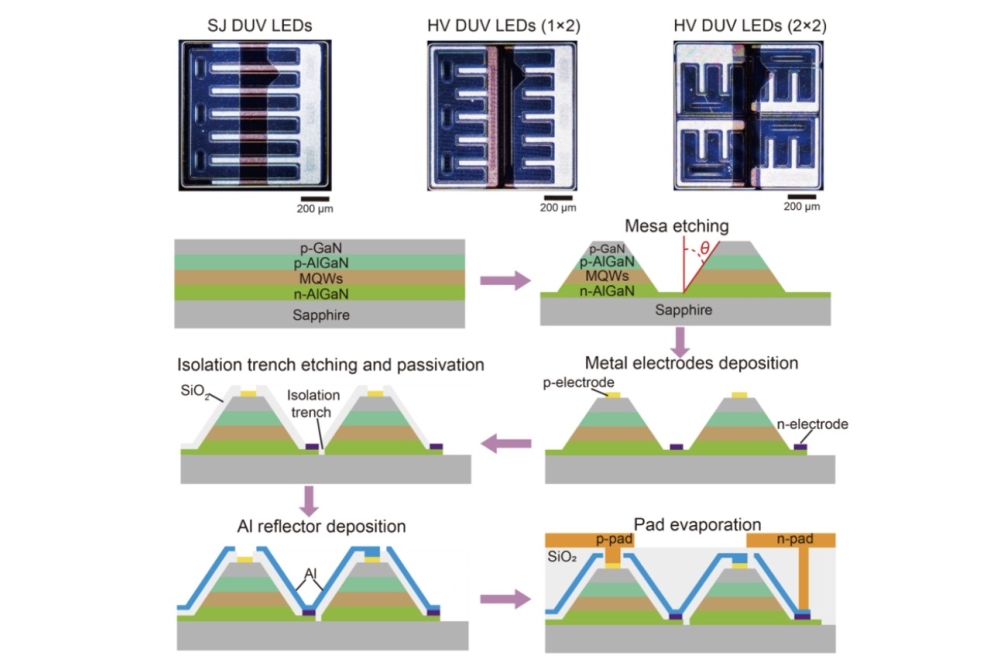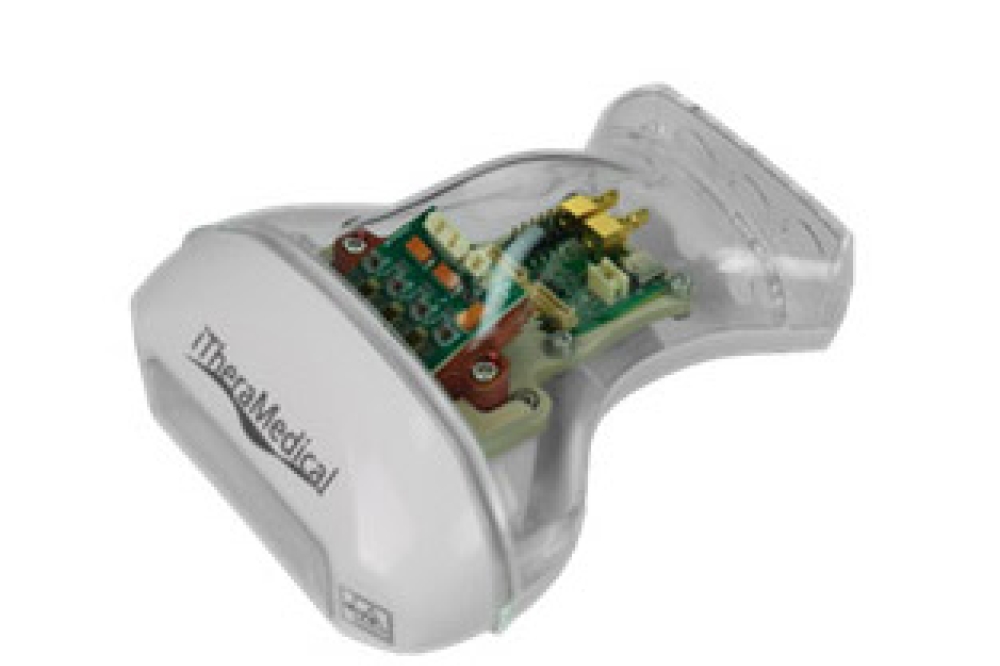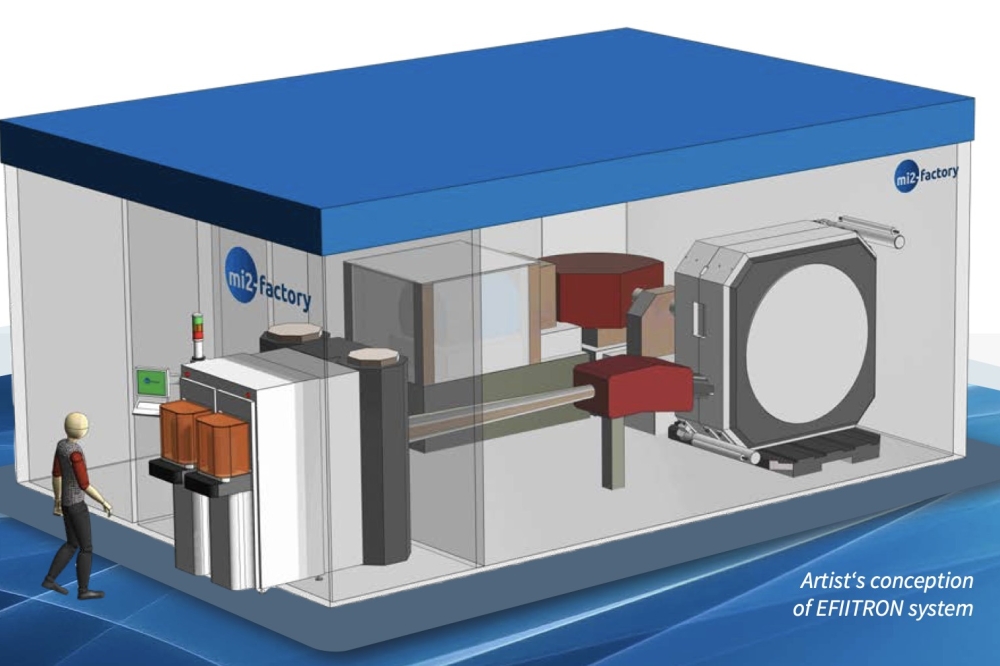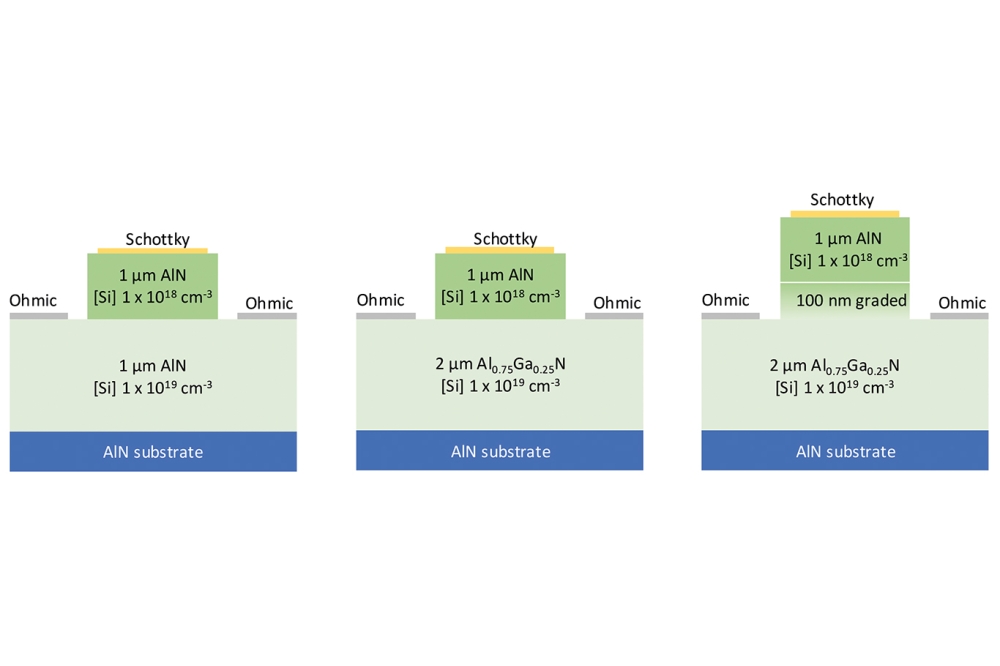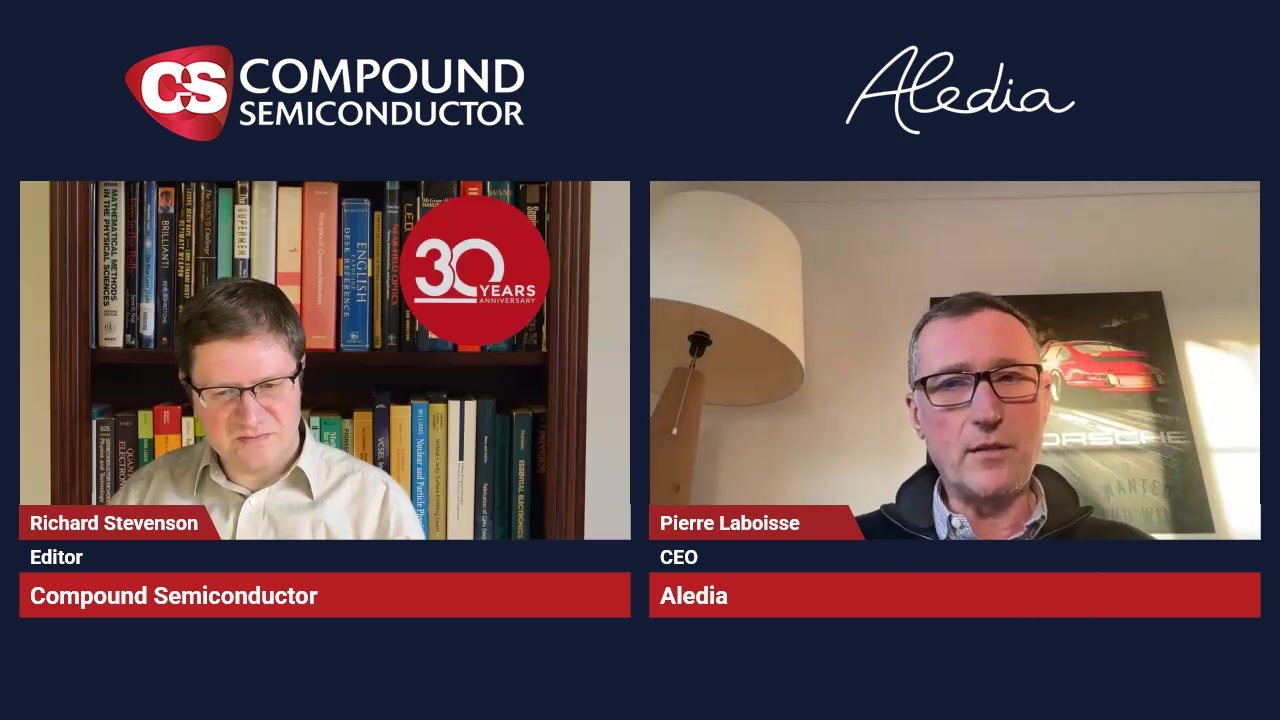Fraunhofer researchers start testing InP quantum dots
![]()
Researchers from the Fraunhofer Institute for Applied Polymer Research (IAP) in Potsdam, Germany are working with Dutch company NDF Special Light Products B.V to develop quantum dots based on InP as an alternative to cadmium.
Cadmium is considered an ideal material for making quantum dots because it can achieve a narrowband spectrum sharpness of just 20 to 25nm. But because of cadmium's damaging effect on the environment, the EU Commission is currently considering a ban on using it in consumer goods by 2017.
As an alternative, Fraunhofer IAP researchers are currently testing InP quantum dots for display backlighting for NDF Special Light Products. Armin Wedel and his team at the institute have already achieved a spectral sharpness of 40nm. At first glance, that does not seem too far away from the quality achievable with cadmium-based quantum dots, but the differences in colour fidelity are still present. "We see this as a good first milestone, but we are still striving for further improvement," says Wedel.
"One big advantage of quantum dots is that their optical properties can be selectively modified by changing their size," explains Wedel. "This means you no longer have to manufacture three separate materials for the colours red, green and blue; now it is possible to do the job with just one." This saves both time and money.
Over the last several years, Fraunhofer IAP researchers in Potsdam have been developing quantum dots for customers in a wide range of industry sectors. They manufacture the nanoparticles using chemical synthesis and customise them for each application. This initially results in very small particles that radiate blue light. At sizes above approximately 2nm, the colour changes to green. The largest of the quantum particles, at 7nm in size, emit within the red spectral range.
As well as their use in televisions, there is potential for InP quantum dots to be used in special applications such as medical or aeronautical equipment displays. Furthermore, quantum dots can also increase the efficiency of solar cells, or can be employed in bioanalytics. For such special cases, the optical characteristics of the quantum dots must be precisely configured to the specific application requirements. "We're in a good position thanks to our extensive experience in manufacturing quantum dots to meet specific customer requirements," says Wedel.





